Haworthia truncata, a unique and fascinating succulent, gets its name from its distinctive appearance.
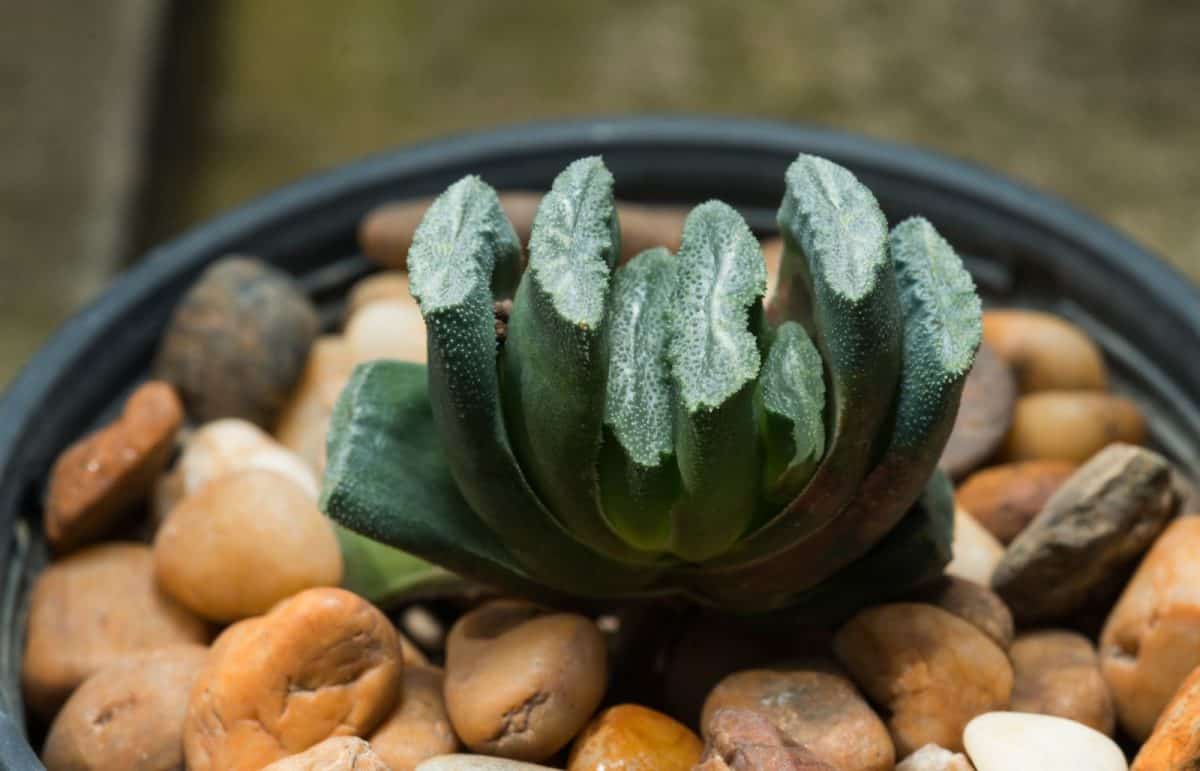
The word "truncata" is derived from the Latin word "truncatus," meaning "truncated" or "cut off." This refers to the plant's unusual leaf tips, which look as if they have been sharply cut across, giving them a flat, truncated appearance.
This distinct feature makes Haworthia truncata particularly interesting and sets it apart from other succulents, making it a popular plant.
This unique succulent is not very difficult to grow or propagate, so if you have your heart set on getting this succie, keep reading to learn more about how to care for it.
Overview of Haworthia Truncata
Haworthia truncata, fondly referred to as "Horse's Teeth" due to its unique leaf shape, is a fascinating succulent that hails from the arid regions of South Africa.
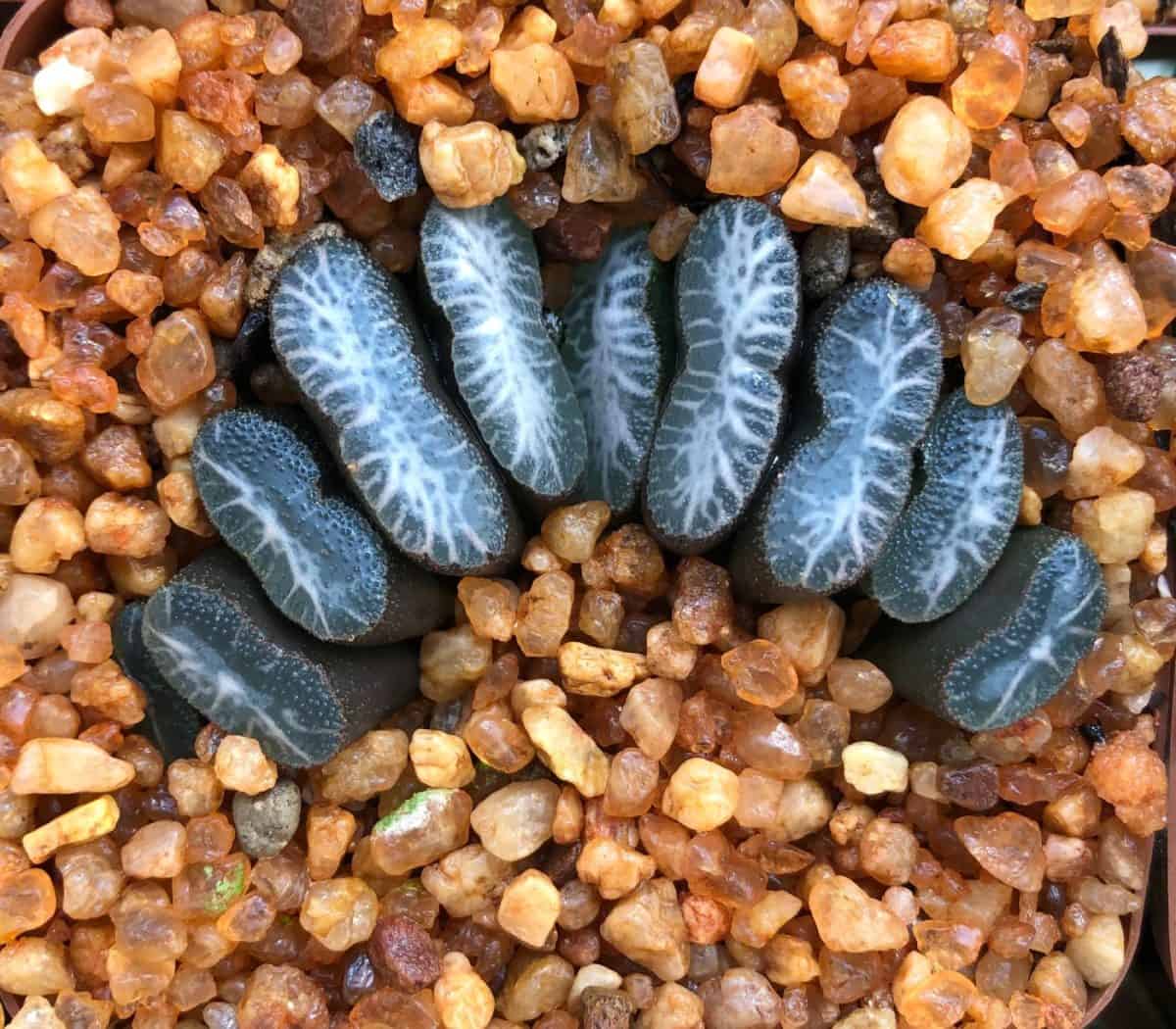
Belonging to the Asphodelaceae family, Haworthia truncata offers a distinct look that catches the eye of plant enthusiasts worldwide.
Botanical Profile
Scientific Name: Haworthia truncata
Family: Asphodelaceae
Origin: Native to the Western Cape and Little Karoo regions of South Africa.
- Genus: The genus Haworthia consists of small, rosette-forming succulents that are often favored for their ability to adapt to indoor conditions.
Description:
Haworthia truncata boasts an unusual and striking appearance, characterized by chunky, truncated leaves that resemble a set of flat-topped green teeth.
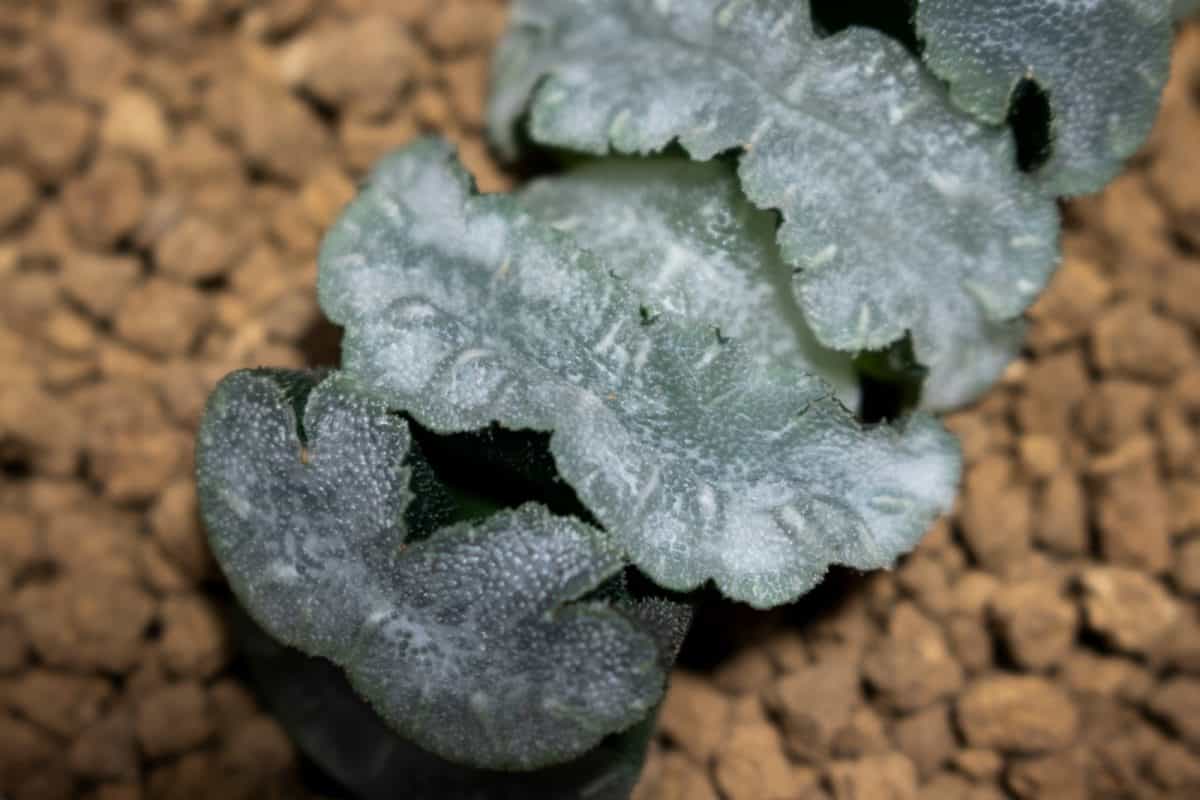
This distinctive structure enables the plant to endure prolonged dry spells, a survival trait in its native habitat.
Distinctive Characteristics
- Common Name: 'Horse's Teeth'
- Leaf Shape: Each leaf of Haworthia truncata is shaped like a molar, broad at the base and flat on top with a translucent window that aids in photosynthesis under low light conditions.
By integrating these fascinating features in your garden, you nurture a piece of South Africa's Little Karoo, right at your fingertips.
Where to get a Haworthia Truncata
You could join a local plant swap where you might find a Haworthia truncata enthusiast willing to exchange a piece of their plant for one of yours.
Adopting an offset or pup from a local Haworthia truncata enthusiast would be a great way to start your own plant.
If you can't find any local options, online stores such as Planet Desert usually have Truncatas. You could even find them on Amazon sometimes -
Caring for Haworthia Truncata
Haworthia truncata is a unique succulent plant that demands specific care to thrive. Understanding its preferred environment and needs will keep this plant healthy in your garden or as a houseplant.
Light Requirements
Your Haworthia truncata enjoys bright light but fares best when not exposed to the harsh direct sun, especially during the hottest parts of the day. Aim to provide bright, indirect sunlight or partial shade, which can help maintain the vibrancy of its leaves and prevent scorching.
Watering Practices
Water your succulent sparingly; overwatering can lead to root rot. Wait until the top inch of soil is dry before providing a moderate drink. Always remember, it's healthier for Haworthia truncata to be too dry than too wet.
Soil and Drainage
Use a well-draining soil mix specifically designed for succulents or cacti. Good drainage is key to prevent water from pooling at the roots. Incorporate perlite or sand into your soil to enhance drainage and mimic the plant's natural arid environment.
Temperature and Climate
Haworthia truncata prefers a warm climate and should be kept at temperatures between 65°F and 80°F (18°C - 27°C). Protect it from extremes by bringing it indoors during cold, frost-prone winter months or providing shade in scorching summer heat.
Fertilization Tactics
Feed your Haworthia truncata with a diluted succulent fertilizer during its growing season in spring and summer, about every four weeks. Avoid over-fertilization to prevent leaf burn and excessive growth that can alter its distinctive compact form.
Propagation and Growth
When you're eager to expand your collection of Haworthia truncata, understanding how to effectively propagate and nurture them is essential. With the right techniques, you can watch these succulents flourish over time, growing patiently to showcase their unique charm.
Propagation Techniques
Offsets: Haworthia truncata often produces offsets, which are small clones of the mother plant.
Once they have formed a sound root system, you can gently separate these offsets from the main plant to propagate new individuals. It’s best to wait until they are a few centimeters in diameter for greater success.
Seeds: If you’re patient, growing Haworthia truncata from seeds can be a rewarding process. Sow seeds in a well-draining soil mix and keep them moist at a warm temperature. Germination can be slow, so don't be discouraged if it takes time to see growth.
Repotting: When repotting, take the opportunity to propagate Haworthia truncata by removing offsets. This helps the parent plant maintain its vigor and gives you new plants to grow and care for.
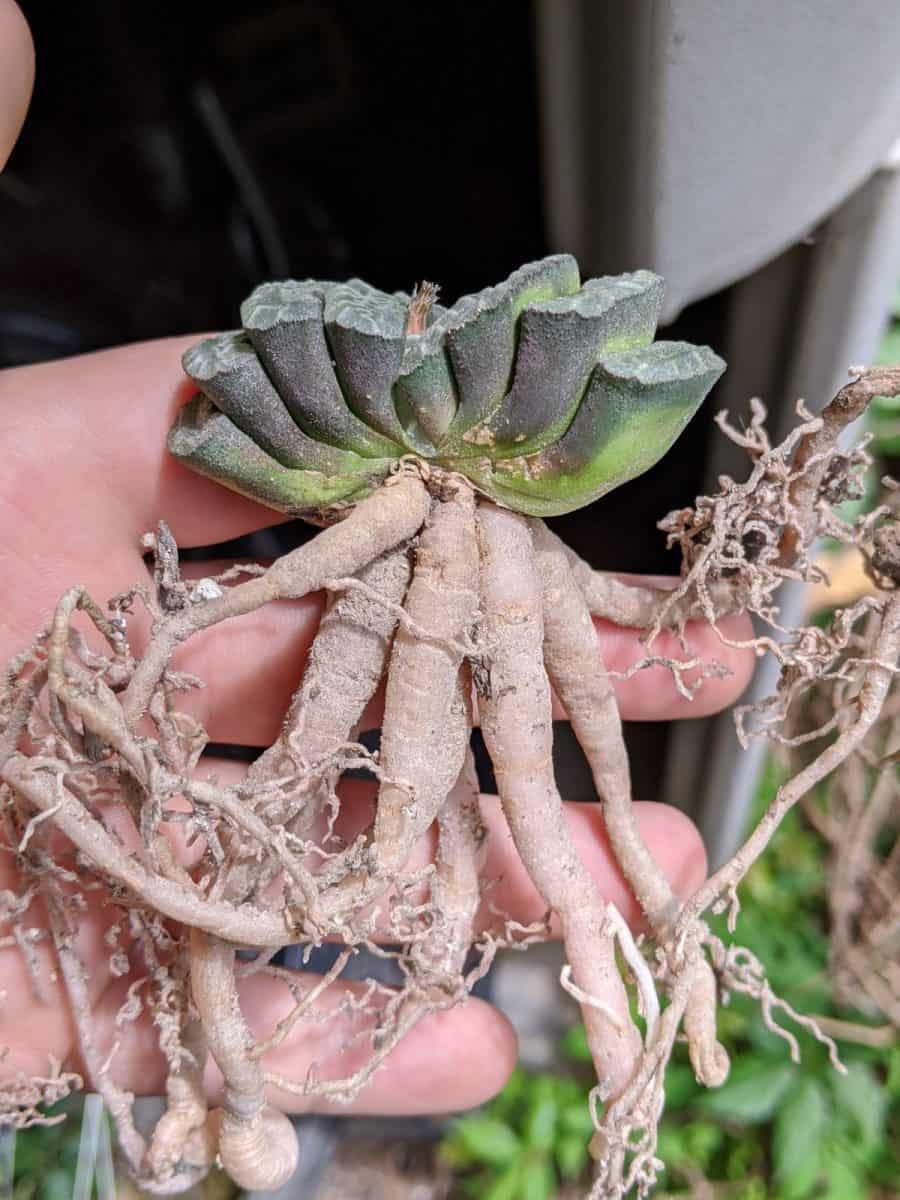
Growth Habits and Maturation
Width and Height: Your Haworthia truncata is a relatively slow-growing plant. As a mature plant, its height and width can be a fascinating display, with the stout leaves forming a rosette that fits neatly in small containers.
Remember, taking offsets for propagation isn’t just about growing more plants; it also helps the parent plant by preventing overcrowding. With time and care, you will enjoy the full splendor of these remarkable succulents.
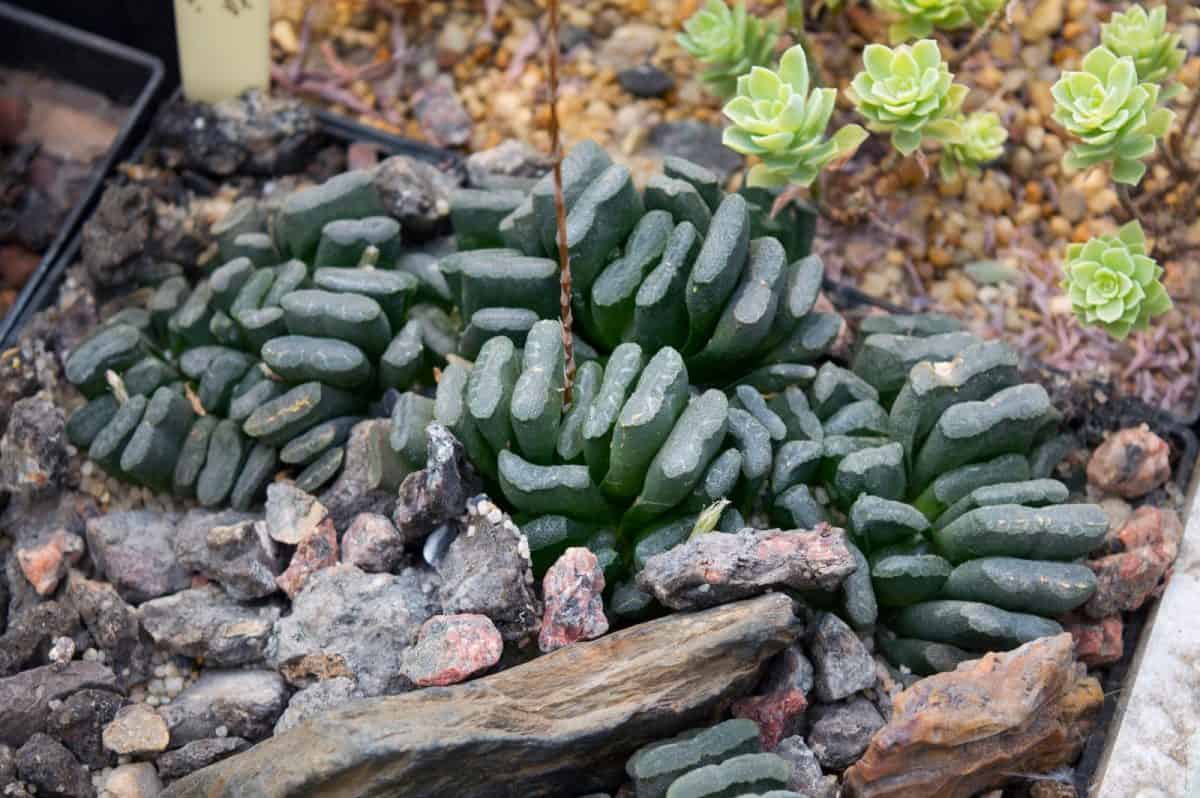
Plant Health and Maintenance
Caring for your Haworthia truncata involves being vigilant about potential threats like pests and diseases, and understanding the proper techniques for repotting. Employing the right strategies can lead to a thriving plant.
Common Pests and Diseases
Haworthia truncata can be susceptible to pests such as mealybugs and scale insects. These critters can be spotted as small, cotton-like or shell-like bumps on your plant.
To combat these pests, you can use a non-toxic insecticidal soap or neem oil, applying it directly to the affected areas. For diseases, root rot is a common issue that often arises from overwatering.
Making sure your plant is in a well-draining soil mix and a container with adequate drainage holes is crucial for preventing this condition.
- Pests to watch for: Mealybugs, Scale Insects
- Disease to prevent: Root rot
- Prevention tips: Use non-toxic treatments, avoid overwatering, ensure proper drainage
Repotting Tips
When repotting your Haworthia truncata, it's important to use a well-draining soil mix and a pot with drainage holes to reduce the risk of root rot.
Be gentle with the roots during the process, and consider repotting during the growing season for the best results. Waiting until the plant is visibly outgrowing its current container is a good rule of thumb before making the move.
Repotting is also an ideal time to check for and treat any hidden pests or signs of disease.
- When to repot: When the plant outgrows its pot, during the growing season
- Soil type to use: Well-draining soil mix
- Pot requirement: Must have drainage holes
Varieties and Related Species
Exploring the world of Haworthia truncata, you'll discover a range of varieties and closely related species.
Each one offers unique characteristics, from lime green hues to distinctive leaf formations, making them a captivating addition to your succulent collection.
Notable Varieties
- Haworthia truncata 'Variegata': This variety stands out with its variegated stripes, presenting a playful contrast of white and lime green.
- Haworthia truncata 'Schönland': Recognized for its gray tones and robust, upright growth habit, it adds an elegant touch to your array of plants.
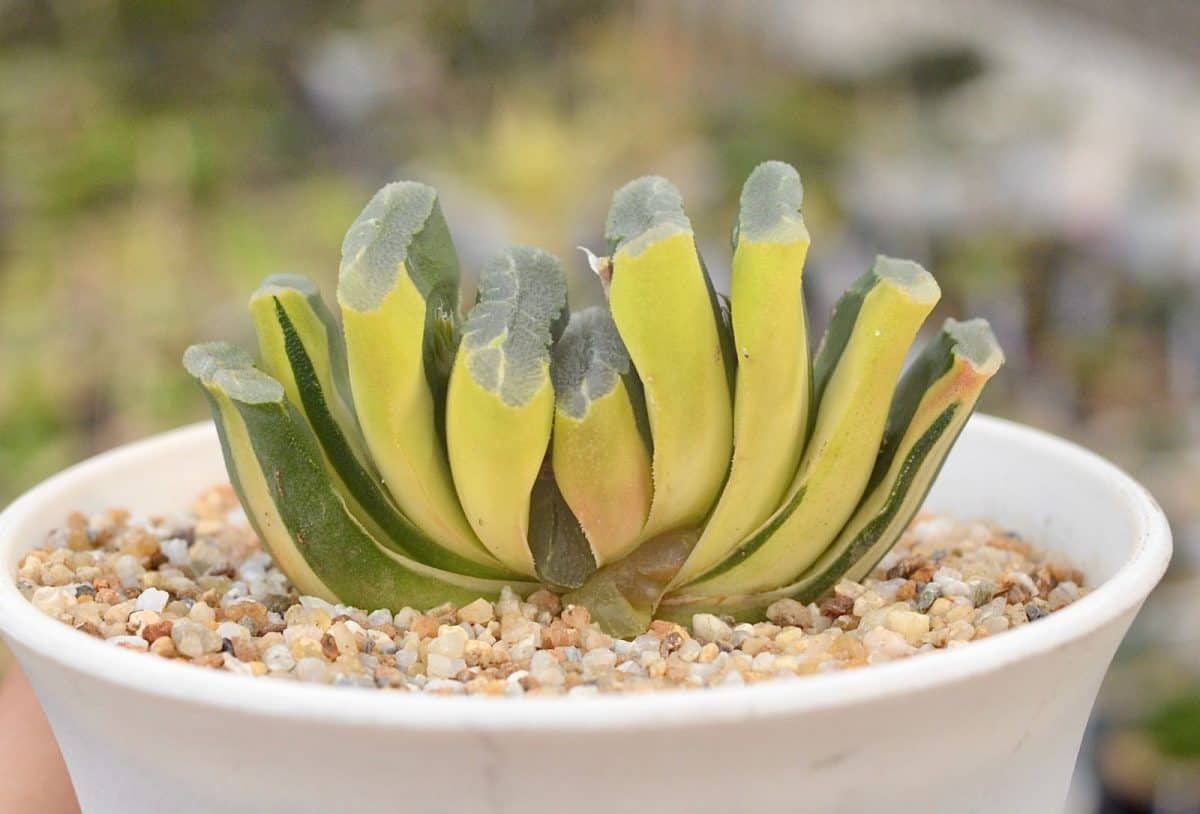
Similar Haworthias and Succulents
If you're drawn to the Haworthia truncata, you may also find these kinfolk appealing:
- Haworthias with similar forms: Look for other truncated types, like H. truncata v. crassa, with its thicker, fleshier leaves.
- Related succulents: Expand your collection by including other succulents that share similar gray or lime green colorations and dense, compact growth.
Frequently Asked Questions
When tending to your Haworthia truncata, whether it's a striking variegated variety or not, understanding its specific needs and behaviors will ensure its healthy growth in your care. Here's what you may be curious about.
How do you care for a variegated Haworthia truncata?
Caring for a variegated Haworthia truncata requires bright, indirect sunlight and well-draining soil. Water sparingly, allowing the soil to dry out between waterings to avoid overwatering, which could lead to root rot.
What adaptations does Haworthia truncata have to survive in its environment?
Haworthia truncata has evolved thick, fleshy leaves that store water, allowing it to survive long periods without rain. Its leaf tips, which are often transparent, facilitate photosynthesis even when partially buried in sand.
Can Haworthia truncata thrive indoors, and if so, how?
Yes, Haworthia truncata is one of the succulents that thrive indoors. Position it in a space with plenty of indirect sunlight and maintain a consistent temperature, avoiding extremes. It should be potted in a container with proper drainage to prevent water accumulation.
What are the signs of a healthy Haworthia truncata and how does it differ from other species?
A healthy Haworthia truncata displays firm, plump leaves and a vibrant green color with possible variegation. Unlike other species, its leaves are windowed and grow in a distinctive truncated pattern.
What should you do if you encounter a problem with your Haworthia plant?
If you encounter issues such as pests or signs of disease, isolate the plant and treat it accordingly with appropriate solutions like insecticides for thrip problems or fungicides for fungal infections, depending on the symptom.
How does Haworthia truncata differ from its relatives like Haworthia maxima or Haworthia cooperi?
Haworthia truncata is distinctive with its fan-shaped arrangement of leaves and flat, truncated leaf-tips. This contrasts with the more pointed leaves of Haworthia cooperi or the rosette form of Haworthia maxima.

